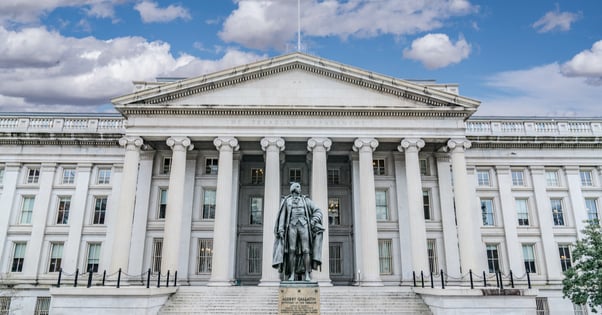Last Wednesday, the Federal Reserve officials concluded one of the most active years in the central bank’s history, as it put final touches on their plans to support the economy for longer than they have following prior downturns.
Fed officials slashed their short-term interest rate to near zero in March as the coronavirus pandemic affected global financial markets and the economy. They also announced an array of emergency lending programs and began large-scale purchases of government debt and mortgage securities.
In the same week, officials also updated their formal guidance on how long those purchases would continue, complementing an earlier pledge in September that set a higher bar to raise interest rates.
The Fed has been buying USD80 billion in Treasurys and USD40 billion in mortgage bonds a month since June while pledging to maintain those purchases over coming months. On Wednesday, the central bank stated those purchases would continue until substantial further progress has been made towards broader employment and inflation goals. Officials don’t expect to reach those goals for years, according to projections they released Wednesday.
Together, these measures will ensure that monetary policy will continue to deliver powerful support for the economy until the recovery is complete, as commented by Fed Chairman Jerome Powell at a news conference after Wednesday’s meeting. The projections show most officials thought they would hold short-term rates near zero for at least three more years despite a somewhat more optimistic economic outlook than they had in September, before drugmakers had developed highly effective Covid-19 vaccines.
Many officials projected such low rates would be needed even though they projected inflation would be at the Fed’s 2% target and unemployment would fall below 4% by the end of 2023. Those projections reflect a change in the central bank’s framework adopted this summer that took a more relaxed view toward inflation.
Mr. Powell said the central bank expected to see some one-time spikes in prices of goods and services, due to a rebound in activity from the pandemic next year. However, these will unlikely become self-sustaining inflationary forces.
With interest rates pinned near zero, the asset purchases have become the primary lever with which officials could dial up or down their stimulus.
The goal of the Fed’s new guidance is to avoid similar market backlash that took place in 2013, when then-Chairman Ben Bernanke suggested the central bank might soon taper its asset purchases. Investors thought the Fed was accelerating its plans to raise interest rates, sparking a sudden one-percentage-point jump in the 10-year Treasury yield that became known as the “taper tantrum.”














